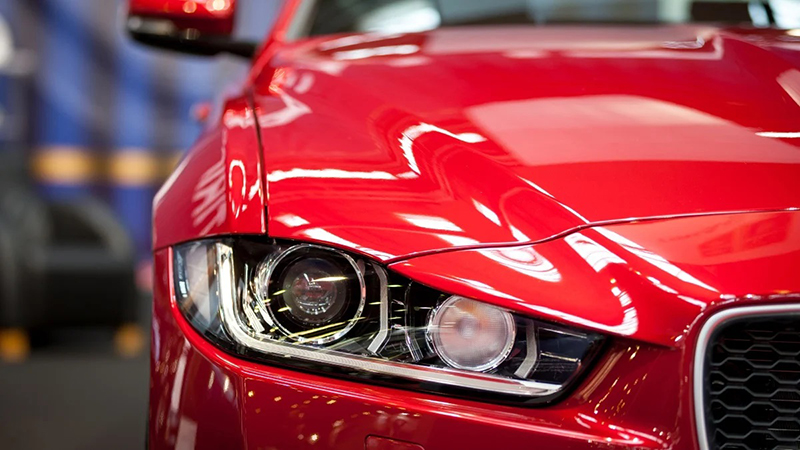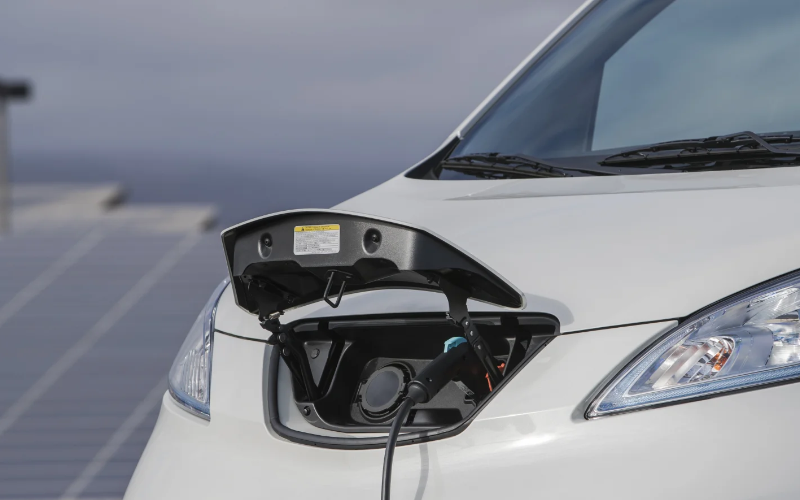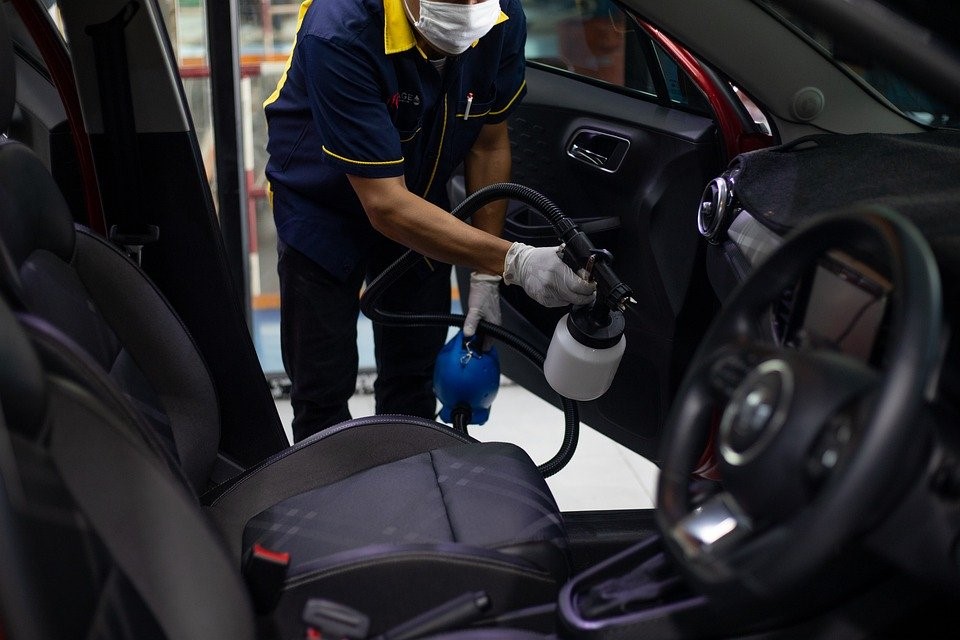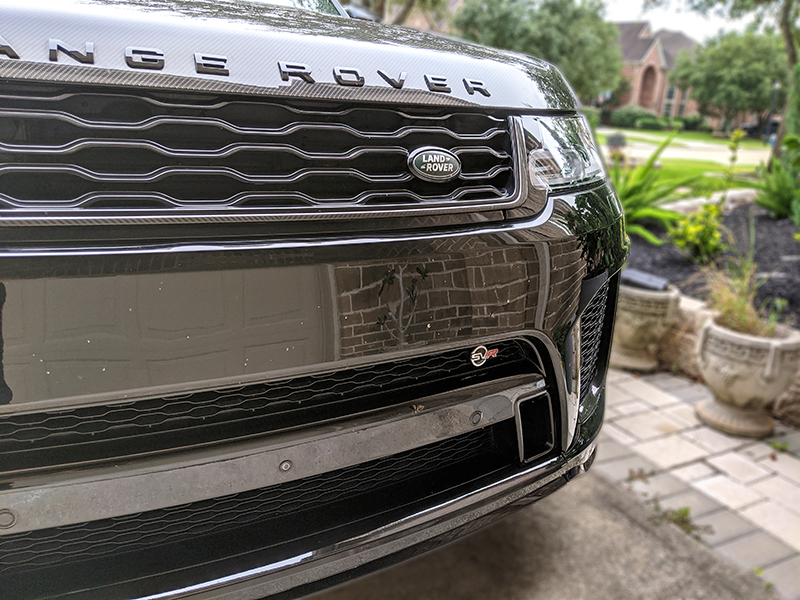When you read about car detailing tips or watch how-to videos on YouTube, it’s nearly always someone living in the suburbs with a big garage, two-car driveway with a power washer or easy access to a hose. Millions of us, however, are unable to identify with these circumstances because we live in a city high-rise apartment block. Our cars are either in street parking or in an underground or other indoor parking garage — assuming we have parking at all — which makes it pretty hard to gain access to running water for easier washing.
Car Detailing in the City
Fear not. Despite the apparent difficulties, there are still many options open to city dwellers who wish to be part of the DIY car detailing community. We’re not saying it’s always easy, because there are certainly some unique challenges and requirements for detailing when it comes to doing it in the city, but the point is that there are ways around all the difficulties.
If any of the following circumstances apply to you, then today’s article is going to be invaluable:
- You don’t have a private driveway
- You don’t have a private garage
- You don’t have access to an outdoor source of running water
- Your washing space is limited by other cars around you
- You are bound by environmental regulations regarding water use or cleaning product use near public drains
Some of these may apply to you even when you don’t live in a city apartment, so we hope that anyone with any of the above or other obstacles in their way can find new paths to detailing success via the information below.
City Detailing Tip 1: Talk to the Building Management
To your knowledge, there may be no access to running water from the outside of your building or near at least near where your car is parked. That doesn’t mean, however, that there is no outdoor source of running water at all. Does your apartment building have gardens or landscaping features? If so, then it’s quite likely that there is in fact an outdoor water source that is put there for landscapers to use.
That water supply isn’t just for anyone to tap into, but if you ask permission from the building management, then you just might be able to create a solution that works. For a small fee, or under specific conditions, the management may well agree to let you make use of it for detailing your car, and thus you gain vital infrastructure for detailing your vehicle. The worst they can do is say no, so it’s worth asking all the same.
Alternatively, if you are not alone in your need for such access, then you could form a group with other residents and request that management install a facility that would allow DIY washing and detailing of cars. If there is enough demand, it’s likely that management would agree in order to keep residents happy and to improve their overall service.
City Detailing Tip 2: Do a Waterless Wash or “No-Rinse” Wash
Let’s say that the access to running water near your car is simply not an option. That’s not a problem because there are further alternatives, nameless a waterless wash and a no-rinse wash. These two things sound almost like an oxymoron. How is it possible to wash a car without that most basic of ingredients — water?
In the right conditions, it is perfectly possible to wash your car without much or any water. First, there’s the completely waterless wash, which is ideal for cars that are not seriously dirty or in need of any “heavy-duty” cleaning on their exteriors. These products are typically spray-on items that you apply, wait to work, and then wipe off with soft, clean microfiber towels. If your car is caked in dirt from a recent off-road excursion, or from not being cleaned in many months, then this is not a recommended method for you. For those with more of a “film” of dirt or grime built up just from basic city living, then this works very well.
The second option is a no-rinse wash. For this you will need some water — less than a gallon — but you won’t need to complete the rinsing stage. An example of such a product is Optimum No Rinse (ONR), which we’ll use to demonstrate the principle in today’s article. Using only a capful of the product in half to three-quarters of a gallon of water in a bucket, you can soak clean microfiber towels in the bucket to use for cleaning. Take one of the towels, and wring it so it’s still dripping a little, fold twice into a neat rectangle and then use clean faces of the cloth to wipe the car panels. As you complete each panel, dry it with a separate microfiber towel. The effects are impressive and easy to achieve when you do it right. Keep re-folding your washing towel so that each panel can have a clean towel face each time.
Neither or the above methods are recommended for excessively dirty vehicles. They are elegant and useful DIY detailing solutions for those who find themselves without that essential water supply.
City Detailing Tip 3: Beware the Storm Drains
City life often involves a lot more adherence to regulation and statute than it does out in the country. This even stretches to how you wash your car, particularly when it comes to exactly what you use to wash and how that drains away after rinsing.
In short, the main problem stems from cleaning products and storm drains. The EPA has regulations and guidance that stipulate the importance of preventing run off from your car washing from entering into storm drains. Water that travels through storm drains heads back to the main supply source without undergoing treatment, and so anything that enters the drain also enters the public water supply.
Falling foul of these rules can result in serious trouble including heavy fines. That would make your urban car washing activity a pretty expensive one. The best thing is to become well versed in the guidelines and ensure you don’t break them. One of the safest methods is to use biodegradable or phosphate-free cleaning products. This will usually be indicated on the packaging. Alternatively, seek locations where the water will not go into a storm drain.
City Detailing Tip 4: Invest in Portable Products
When you’re facing a car wash in a built-up area, traveling from your high-rise apartment down to street level or an indoor garage to wash, it can be inconvenient to transport things you need down there. Suburbia is blessed with space, making car detailing a breeze, including purchasing and storing the bigger equipment like power washers or larger spray cans.
In the city, you need to be smarter with the products you purchase. Besides the waterless and rinse-free products we mention above, you might also invest in lighter, more compact buckets and portable spray cans that you can use for applying your cleaning products more evenly. Purchasing suitable products to fit your situation will make the entire process easier.
City Detailing Tip 5: Self-Service Options
At the end of it all, you might still not be able to create any kind of ideal scenario in which you can do your DIY car detailing at home. If you can’t access the water, have no convenient place to put your car without falling foul of EPA regulations, and there really is no other alternative, then you can look for a self-service option in your local area.
Fortunately for all of us, clever entrepreneurs have already seen the gap in the market for city dwellers keen to do their own car detailing. They have thus created self-service car washes where you bring your own cleaning supplies while the shop provides the fundamentals like washing space and a water supply. With these services, you pay a small premium for the space and water, but in the end you still get the benefit and savings that comes with handling your detailing yourself.
City Detailing Tip 6: Extra Paint Protection
One final piece of advice for city dwellers looking to detail is to invest in additional paint protection. The expense of getting professionals to repaint a car should be incentive enough for anyone to protect their paint properly. The city, however, presents additional threats where only heavy-duty paint protection will do.
Besides the usual problems of embedded dirt, the city often requires on-street parking, which may mean parking near trees where sap and other substances easily get onto the paint’s surface. In addition, cities also come with flocks of unwelcome pigeons nearby that roost in those trees and nearby buildings, only to then defecate on parked cars. Add to that the risk of scratches from other wildlife, as well as vandals, and you see the increased need for proper protection. Consider things like ceramic coating or a vinyl wrap to add additional protection to the paint.
Car Detailing: Solutions for City Dwellers
City dwellers are not some arbitrary group; they account for millions of drivers across the country. There are myriad practical reasons why you’d need to keep and maintain a car, even when living in a metropolis with ample mass transit. Therefore, it’s important that you furnish yourself with good information to help you make the most out of your circumstances.



